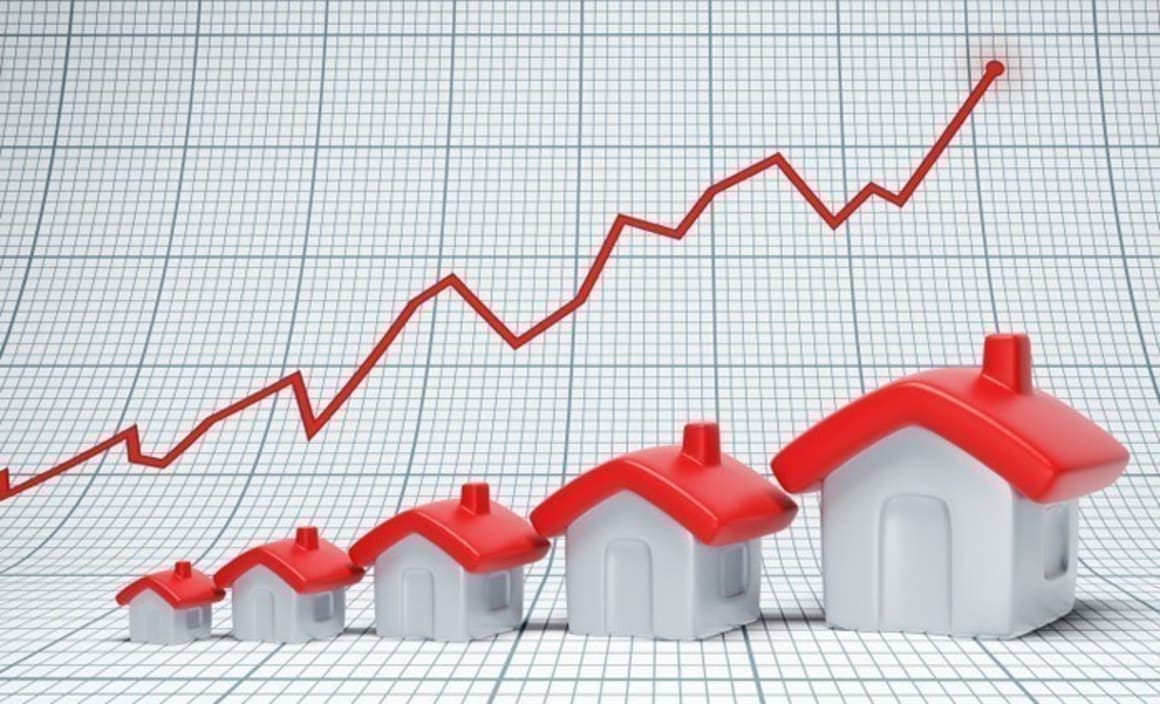Have Sydney and Melbourne sale volumes peaked?

Based on current house and unit sales estimates, over the 2013/14 financial year 348,670 houses and 135,330 units were sold; house sales increased by 10.4% while unit sales increased by 8.6%.
House sales were at their highest level since the 2007/08 financial year and unit sales were at their highest since the 2009/10 financial year.
Tasmania and Queensland recorded the greatest increase in sales over the reporting period. While a rise in sales was recorded in other states; Western Australian and the Northern Territory lucked out and recorded a drop in sales for the period.
Sales by individual states:
- Tasmania – sales up by 21.3%
- Queensland - sales up by 14.8%
- New South Wales – sales up by 12.9%
- Victoria – sales up by 7.5%
- South Australia – sales up by 9.3%
- ACT - sales up by 0.3%
- Northern Territory – sales down by -0.2%
- Western Australia – sales down by -1.3%
The capital city change in annual sales volumes tends to reflect the state-wide results; sales volumes were lower over the year in Perth and Darwin and higher across each remaining city. Sydney sales volumes were up 13.3%, in Melbourne they were 9.0% higher, Brisbane volumes rose by 19.8%, Adelaide volumes rose 9.3%, Perth volumes fell -1.7%, Hobart transactions were up 22.5%, Darwin sales were -1.0% lower and Canberra sales were just 0.2% higher.

While off the plan unit sales are not counted until such time as they settle and as such a proportion are not included in today’s analysis, given this and considering the significant number of unit developments taking place at the moment, it is reasonable to expect an upwards revision to the unit number over the coming year(s).
Across the combined capital cities, a greater rise in home transactions was experienced over the financial year than at a national level. This is reflective of the much stronger demand and subsequent capital growth across capital city markets.
RP Data estimates that 218,429 houses and 100,894 units sold over the year. House sales increased by 11.7% over the financial year and unit sales were 7.2% higher. I expect an upwards revision to the unit sales figures.

Capital city house sales were at their highest level since the 2006/07 financial year and unit sales were at their highest level since 2010/11.
The lift in transactions has been accompanied by an increase in values across all capital cities. Of course the magnitude of the rise in values has varied greatly on a city-by-city basis.

Higher transactions are arguably more important for market participants than higher values – more sales means more commission for agents and brokers, more lending for banks and more business for valuers.
The combination of higher home values and greater sales is a boon for state and local governments. Stamp duty, which is levied on property transactions, increases as more transactions occur but also as value rise as stamp duty is typically calculated on a sliding scale.

Looking to the current financial year, interest rates are expected to remain on hold at least to the end of 2014 but potentially starting to rise during 2015.
Sydney and Melbourne sales volumes appear to have already peaked however, they may rebound once more during spring. Overall we would expect a reasonably high number of sales this financial year however, final numbers may be slightly lower than in 2013/14.